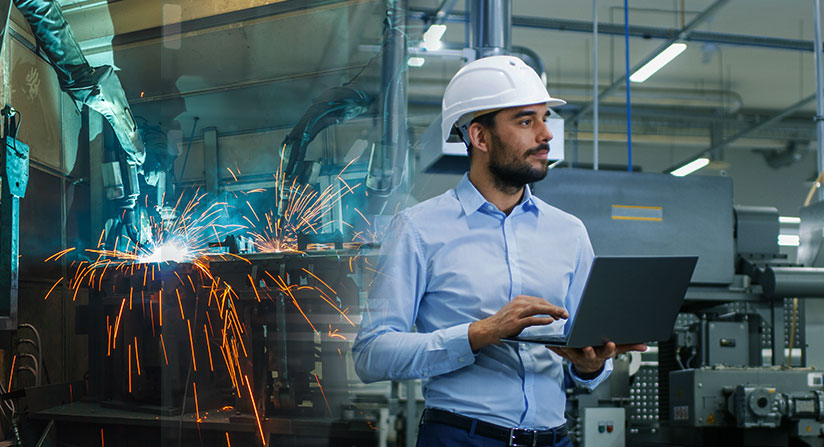Fabrication is a cornerstone of modern manufacturing, playing a pivotal role in transforming raw materials into functional products. From the towering structures of skyscrapers to intricate electronic devices, fabrication underpins countless industries and innovations. This article explores the essence of fabrication, its types, processes, applications, and the trends shaping its future.
What is Fabrication?

Fabrication refers to the process of constructing products, components, or structures by cutting, shaping, and assembling raw materials. It involves a variety of techniques and technologies designed to meet specific requirements, such as strength, precision, or aesthetic appeal. While traditionally associated with metalworking, fabrication extends to materials like plastics, composites, glass, and ceramics.
Types of Fabrication
Fabrication methods vary based on material properties and intended applications. Key types include:
- Metal Fabrication: Encompasses cutting, welding, bending, and machining metals like steel, aluminum, and copper. It’s widely used in construction, automotive, and aerospace industries.
- Plastic Fabrication: Involves molding, extrusion, and thermoforming processes. Common applications range from packaging to medical devices.
- Composite Fabrication: Combines multiple materials to create lightweight, durable components, often seen in aerospace, sports equipment, and renewable energy sectors.
- Glass and Ceramic Fabrication: Specialized techniques like glazing and tempering are used to create products such as optical lenses, tiles, and high-tech components.
Fabrication Processes
Fabrication relies on diverse processes tailored to specific tasks. These include:
- Cutting: Using tools like lasers, plasma, or water jets to achieve precise shapes and sizes.
- Welding: Joining materials through heat or pressure, ensuring structural integrity.
- Forming: Techniques like bending or rolling to shape materials without removing material.
- Machining: Processes such as drilling, milling, and turning to create intricate designs.
- Additive Manufacturing: 3D printing has revolutionized fabrication by building components layer by layer, enabling complex geometries and rapid prototyping.
Applications of Fabrication
The versatility of fabrication makes it indispensable across industries:
- Construction: Fabrication enables the production of beams, frames, and panels for buildings and bridges.
- Automotive and Aerospace: High-strength, lightweight components are fabricated for vehicles and aircraft.
- Electronics: Precision fabrication creates enclosures, circuit boards, and connectors for electronic devices.
- Healthcare: Fabricated medical tools and prosthetics improve patient care and outcomes.
Advancements and Trends
The field of fabrication continues to evolve with advancements in technology:
- Automation and Robotics: Automating fabrication processes increases efficiency and reduces errors.
- Sustainability: Green fabrication techniques, such as using recycled materials and minimizing waste, align with global environmental goals.
- Digital Fabrication: Integration of CAD (Computer-Aided Design) and CAM (Computer-Aided Manufacturing) streamlines production.
- Smart Materials: Innovations like self-healing or adaptive materials are reshaping fabrication possibilities.
Conclusion
Fabrication is much more than a manufacturing process; it is a driving force behind innovation and industrial progress. By harnessing cutting-edge technologies and sustainable practices, the future of fabrication promises to deliver even more sophisticated solutions across industries. As the world evolves, so too will the art and science of fabrication, continuing to build the foundations of modern life.
